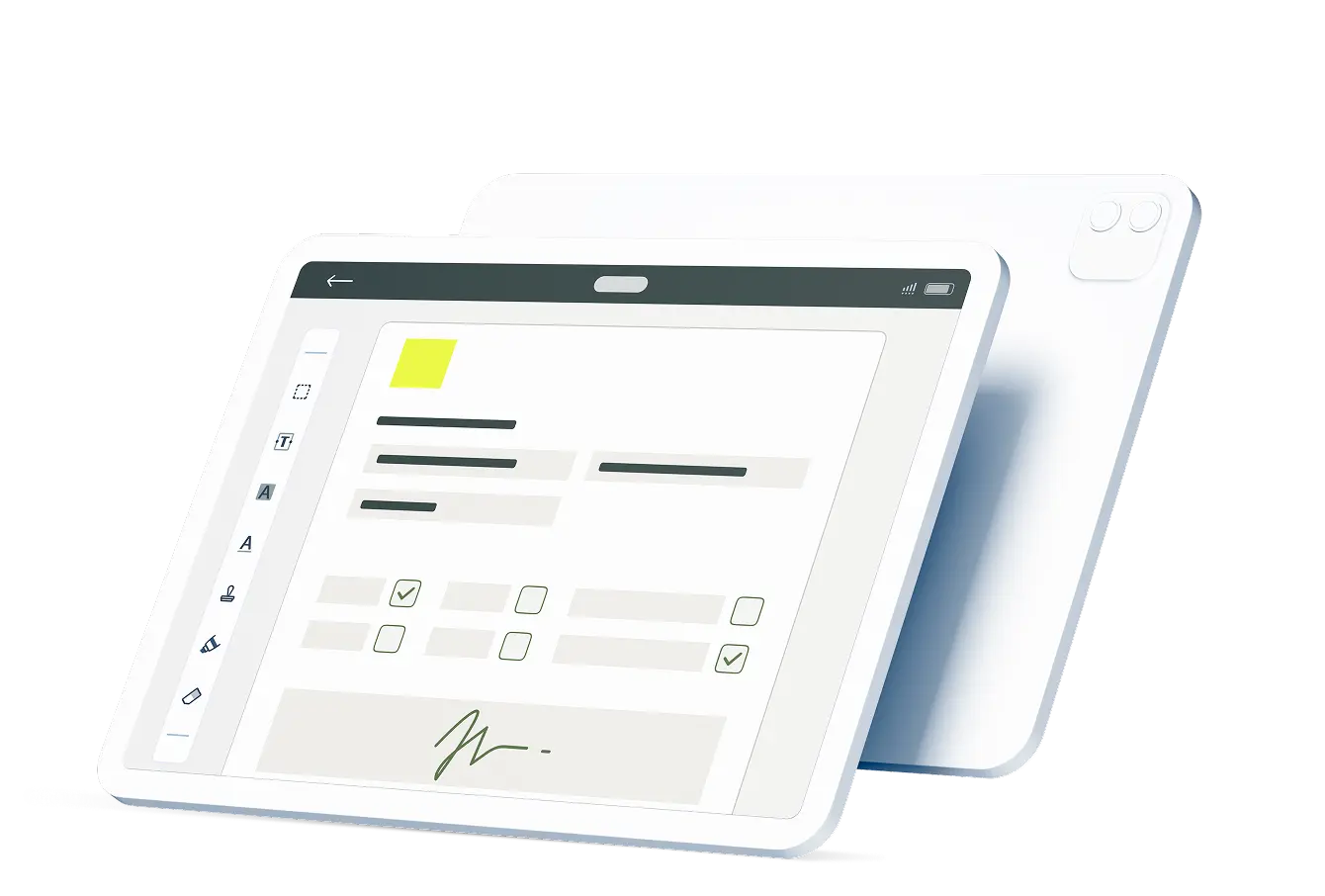Regular forklift safety inspections are crucial for the safety of operators and anyone else working in the same vicinity. Forklift inspection requirements define what to focus on during the examination and how often to inspect the forklifts.
Contents:
- How Often Should Operators Inspect Their Forklift?
- What Is a Forklift Inspection Checklist?
- Why create a digital Forklift Inspection Checklist?
- What Should Be Included in a Forklift Inspection Checklist?
- 1. Perform Exterior Checks
- 2. Perform Interior Checks
- 3. Investigate Strange Noises
- Schedule Regular Preventative Maintenance Services
How Often Should Operators Inspect Their Forklift?
The Occupational Safety and Health Administration (OSHA) calls for a daily forklift inspection to preserve workspaces safe. However, if your industrial trucks are constantly in use throughout the day, you need to inspect them before and after each shift. A forklift inspection checklist guides employees where to look during a check process.
In addition to daily inspections by operators, you need to schedule professional safety inspections a few times per year. A professional safety inspection is also required if operators don’t use an industrial truck for more than four weeks. If a lift truck doesn’t pass the check, it can only be operated after the necessary repairs are made.
The key documents that regulate professional examinations are:
- Provision and Use of Work Equipment Regulations of 1998
- Lifting Operations and Lifting Equipment Regulations of 1998
- Health and Safety at Work Act of 1974
What Is a Forklift Inspection Checklist?
A Forklift Inspection Checklist is a form that lists the required procedures for workers to check off during an inspection. A forklift safety checklist helps identify and address potential safety hazards before operating the forklift.
Though OSHA has regulations regarding forklift inspections and how often to perform them, the organization does not provide an exact inspection checklist. It needs to be created by a responsible person inside each company. This guide will help you create a form you and your employees can all refer to daily.
Why create a digital Forklift Inspection Checklist?
A forklift inspection checklist should be readily available for all employees. It provides several advantages for your workplace:
- Ensure inspections are always performed in a unified way
- Reduce the likelihood of accidentally overlooking a critical part of the inspection process
- Help new employees perform inspections properly
In addition to these benefits, a checklist speeds up the inspection process since forklift operators don’t need to keep everything in mind.
Ludwig Freytag’s field and office teams are a great example of how digital forms save time on inspections and other processes at a construction company.
What Should Be Included in a Forklift Inspection Checklist?
There is no official standard to follow when creating a forklift safety checklist. Therefore, you’ll need to come up with a list that is thorough and easy to follow. If you need help automating your form submissions and related processes, you can contact the Fluix team for a consultation.
Here are the main action items to include on a standard inspection checklist:
1. Perform Exterior Checks
An exterior inspection reveals glaring forklift problems or hazards. We recommend including the following action items in your exterior review:
- Locate any visible defects that could impact the function or safety of the truck.
- Check the condition of the forks, tires, and load backrest extensions.
- Inspect the safety decals to make sure they’re clearly visible and legible.
2. Perform Interior Checks
Once you’ve inspected the truck’s exterior, it’s time to move to the interior, including the engine. Here are a few critical things for your checklist:
- Check all of the fluid levels.
- Ensure the seat belt is appropriately working with no fraying or tears.
- Test the brakes and steering controls to ensure they’re in good working order.
- Check the battery for leaks and other signs of problems.
- Test the horn, alarms, and lights.
- Make sure the handbrake works.
3. Investigate Strange Noises
Once you’ve inspected the truck’s exterior, it’s time to move to the interior, including the engine. Here are a few critical things for your checklist:
- If you hear any strange noises coming from the engine or any other part of the forklift during operation, turn the machine off immediately and investigate.
- Report any unusual vibrations or noises to management. In this case, the vehicle must be removed from the operating area for service.
If the forklift overheats or experiences a mechanical breakdown, the operator must immediately stop, park the vehicle safely and seek help. Employees driving an unsafe truck can cause serious legal troubles in case of an accident.
Schedule Regular Preventative Maintenance Services
In addition to requiring regular forklift truck checks, you should also schedule preventative maintenance services for your machines.
Regular maintenance services keep your industrial trucks in satisfactory working condition and prevent them from breaking down or developing operational problems. An advanced maintenance plan saves time and money in the long run while ultimately making your workplace safer for employees and visitors.

